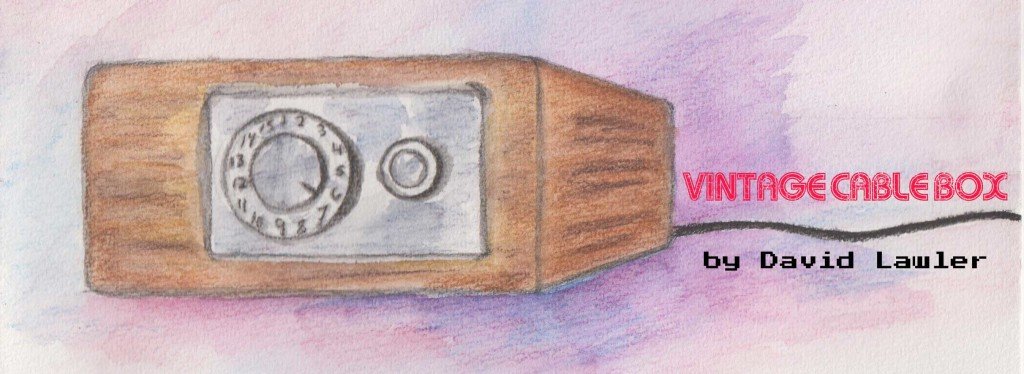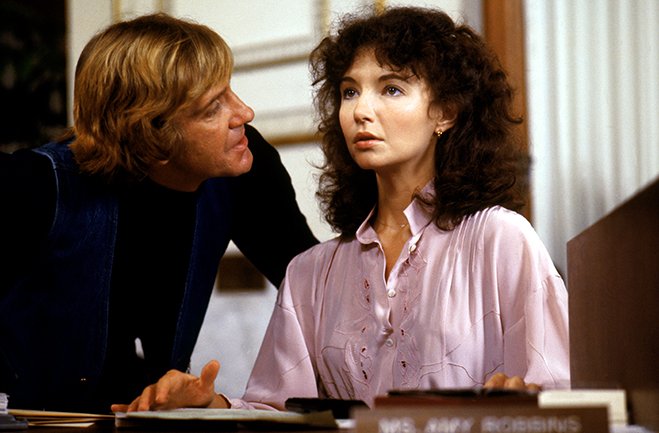“Time After Time, 1979”

“Ninety years ago I was a freak. Today I’m an amateur.”

Time After Time, 1979 (Malcom McDowell), Orion Pictures
Let’s get this out of the way first. Before you can jump into Time After Time, you have to accept Nicholas Meyer’s curious (and entertaining) propensity for mixing real life and history with fiction. His novel and subsequent screenplay for The Seven-Per-Cent Solution permits us the conceit of imagining a world where Sigmund Freud co-exists with Sherlock Holmes. His follow-up, The West End Horror, also merges real people with fictitious characters as well. Once we get that out of the way, it’s easier to enjoy his clever directorial debut, Time After Time, based on an unpublished book by Karl Alexander. It isn’t enough for H.G. Wells (Malcolm McDowell resembling an owl) to be the celebrated author of The Time Machine, he must actually own such a device, which he proudly displays to colleagues and friends, among them a curious surgeon named John Leslie Stevenson (creepy David Warner).
In short order, Stevenson is revealed to be none other than Jack the Ripper when blood-soaked gloves are discovered in his medical bag, following a particularly vicious murder of a prostitute in Whitechapel. Stevenson, putting two and two together, uses Wells’ time machine to move forward into the future. The machine returns, minus one psychotic doctor, but he leaves a trail of breadcrumbs indicating where he went in time. Wells takes it upon himself to pursue Stevenson to the future, arriving in San Francisco in the year 1979. Wells considers himself a progressivist; a believer in “free love” but also eugenics. He thinks he will have no trouble adapting to what he assumes will be a new socialist utopia. He is horrified to discover quite the opposite, and interestingly, what terrifies him about this future, pleases Stevenson. When Wells confronts him, Stevenson informs him this future of violence and unrestrained sexuality is pretty much a shopping market for people like him.

Despite the rather bleak narrative, there are many moments of humor to be had in Time After Time. Wells must “barter with the natives,” so he hocks some antique jewelry. He goes to McDonald’s and is delighted to see that they serve (in addition to Big Macs and pommes frites) tea. He tracks Stevenson to a British bank where he exchanged currency with employee Amy Robbins (cute Mary Steenburgen). Amy, being a modern woman, flirts with and ultimately picks up Wells. She moves fast, and Wells is almost appalled at her advances and the gender-role switch, but he happily assents to her desires. Meanwhile, a rash of murders (similar in M.O. to Stevenson’s early Whitechapel work) are occurring in San Francisco, but are buried under the miasma of horrific violence in this future. Wells takes Amy three days into the future to convince her his time machine actually works. They discover, by way of a newspaper headline, she will be Stevenson’s next victim.

Time After Time is a fun, exciting movie–a time odyssey and a love story. McDowell and Steenburgen make for a surprisingly sexy, amiable couple. They would eventually marry, but then divorce after ten years. Meyer has an eye for unusual details. When Wells sells his jewelry, he notices the man examining the items has tattooed numbers on his arm, which he considers peculiar. While Wells would be considered a genius in 1893, he is uneducated and unprepared for what our future has in store. McDowell shows he can play against type. At the start of his film career, he specialized in portraying angry, disenfranchised young men. Warner would continue to play creepy characters. The next year, Steenburgen’s performance in the brilliant Melvin and Howard would win her the Academy Award for Best Supporting Actress. Meyer would next direct Star Trek II: The Wrath of Khan and the chilling made-for-TV movie, The Day After. Meyer would serve as executive producer for the short-lived 2016 television series based on the movie.
Our first cable box was a non-descript metal contraption with a rotary dial and unlimited potential (with no brand name – weird). We flipped it on, and the first thing we noticed was that the reception was crystal-clear; no ghosting, no snow, no fuzzy images. We had the premium package: HBO, Cinemax, The Movie Channel, MTV, Nickelodeon, CNN, The Disney Channel, and the local network affiliates. About $25-$30 a month. Each week (and sometimes twice a week!), “Vintage Cable Box” explores the wonderful world of premium Cable TV of the early eighties.

